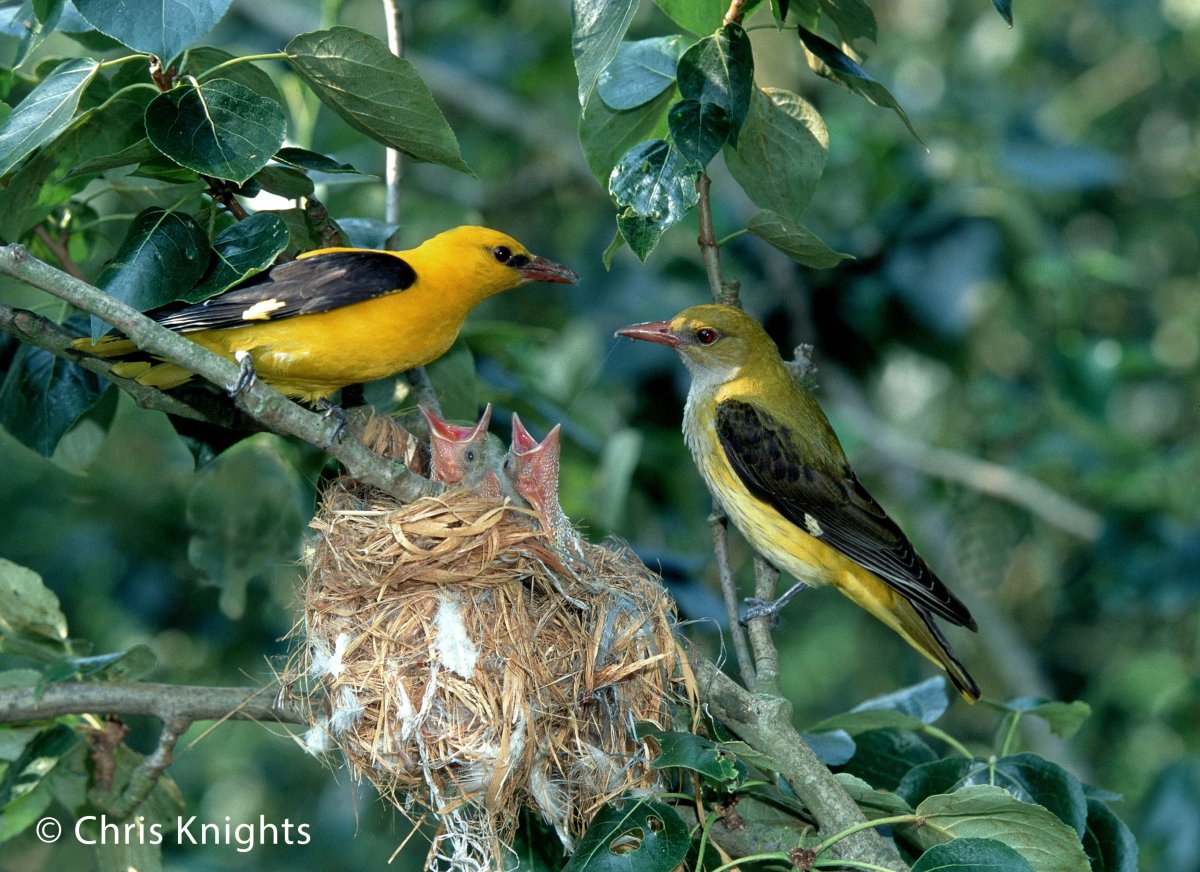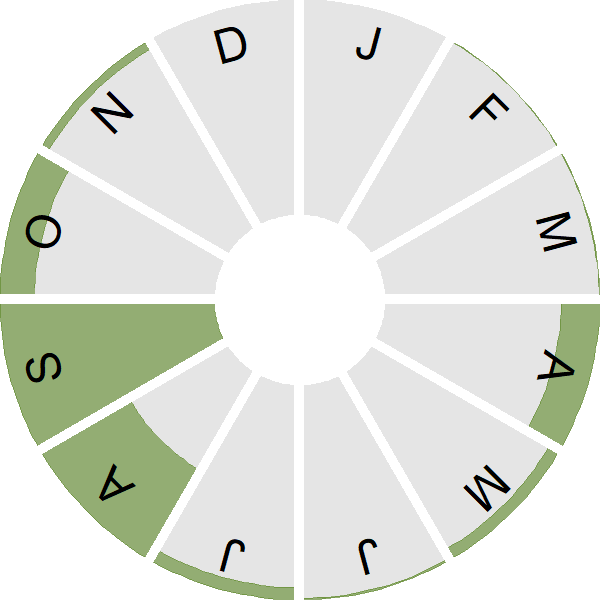Wryneck

Introduction
This former breeder was once a common bird across much of central and southern England, favouring commons, heathland, orchards, parkland and larger gardens.
This small woodpecker, with its delicately-patterned plumage, is now only a very occasional breeder and typically only seen on passage during autumn and spring.

Key Stats
Identification
Songs and Calls
Song:
Status and Trends
Conservation Status
Population Size
Population Change
Historically, the Wryneck was a widespread breeding species in the UK (Monk 1963) but substantial declines have occurred and the last confirmed breeding record was in 2002 (RBBP data). Occasional records of singing males still occur but the species is believed to be extinct as a breeding species in the UK.
Distribution
A former breeder, Wrynecks were not confirmed to breed during Bird Atlas 2007–11. Possible breeding evidence was recorded in 12 10-km squares and probable breeding was noted in just one square. Most records were in the Scottish Highlands, with a marked concentration in Strathspey, and refer to singing males.
Occupied 10-km squares in UK
or view it on Bird Atlas Mapstore.
or view it on Bird Atlas Mapstore.
European Distribution Map
Distribution Change
Change in occupied 10-km squares in the UK
or view it on Bird Atlas Mapstore.
or view it on Bird Atlas Mapstore.
Seasonality
Wryneck is a former breeding species, now rare passage migrant of early spring. It is more likely to be encountered in autumn, especially in August and September.
Weekly pattern of occurrence
The graph shows when the species is present in the UK, with taller bars indicating a higher likelihood of encountering the species in appropriate regions and habitats.

Movement
Britain & Ireland movement
Foreign locations of birds ringed or recovered in Britain & Ireland
Dots show the foreign destinations of birds ringed in Britain & Ireland, and the origins of birds ringed overseas that were subsequently recaptured, resighted or found dead in Britain & Ireland. Dot colours indicate the time of year that the species was present at the location.
- Winter (Nov-Feb)
- Spring (Mar-Apr)
- Summer (May-Jul)
- Autumn (Aug-Oct)

European movements
EuroBirdPortal uses birdwatcher's records, such as those logged in BirdTrack to map the flows of birds as they arrive and depart Europe. See maps for this species here.
The Eurasian-African Migration Atlas shows movements of individual birds ringed or recovered in Europe. See maps for this species here.
Biology
Productivity and Nesting
Nesting timing
Egg measurements
Clutch Size
Survival and Longevity
Survival is shown as the proportion of birds surviving from one year to the next and is derived from bird ringing data. It can also be used to estimate how long birds typically live.
View number ringed each year in the Online Ringing Report.
lifespan
Survival of adults
Biometrics
Wing length and body weights are from live birds (source).
Wing length
Body weight
Ring Size
Classification, names and codes
Classification and Codes
- Order: Piciformes
- Family: Picidae
- Scientific name: Jynx torquilla
- Authority: Linnaeus, 1758
- BTO 2-letter code: WY
- BTO 5-letter code: WRYNE
- Euring code number: 8480
Alternate species names
- Catalan: colltort comú
- Czech: krutihlav obecný
- Danish: Vendehals
- Dutch: Draaihals
- Estonian: väänkael
- Finnish: käenpiika
- French: Torcol fourmilier
- Gaelic: Geocair
- German: Wendehals
- Hungarian: nyaktekercs
- Icelandic: Gauktíta
- Irish: Cam-Mhuin
- Italian: Torcicollo
- Latvian: titinš
- Lithuanian: eurazine gražiagalve
- Norwegian: Vendehals
- Polish: kretoglów (zwyczajny)
- Portuguese: torcicolo
- Slovak: krutohlav hnedý
- Slovenian: vijeglavka
- Spanish: Torcecuello euroasiático
- Swedish: göktyta
- Welsh: Pengam
- English folkname(s): Snakebird, Cuckoo's Mate
Research
Causes of Change and Solutions
Causes of change
The decline and extinction of this species in the UK is believed to have been driven by a drop in food availability caused by a shortage of bare ground and short vegetation, although a number of other factors may have contributed including agricultural intensification, climate change, an increase in conifer plantations and the effects of pesticides (Balmer et al. 2013).
Publications (1)
The risk of extinction for birds in Great Britain
Author: Stanbury, A., Brown, A., Eaton, M., Aebischer, N., Gillings, S., Hearn, R., Noble, D., Stroud, D. & Gregory, R.
Published: 2017
The UK has lost seven species of breeding birds in the last 200 years. Conservation efforts to prevent this from happening to other species, both in the UK and around the world, are guided by species’ priorities lists, which are often informed by data on range, population size and the degree of decline or increase in numbers. These are the sorts of data that BTO collects through its core surveys.
01.09.17
Papers


